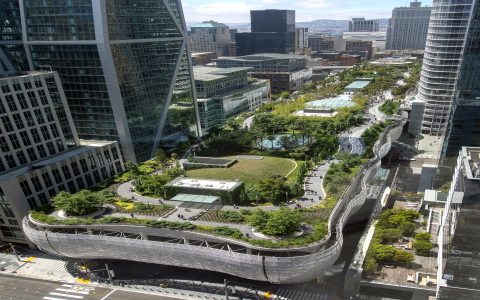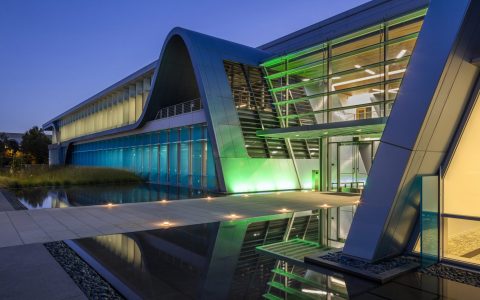A Metallic City refers to an urban environment where metallic materials are a dominant feature in its architecture, infrastructure, and overall aesthetic. This concept emphasizes the visual and structural impact of metals such as steel, aluminum, copper, bronze, and titanium, and their alloys.
Key Characteristics
- Material Prominence: Extensive use of metals for building facades, structural frameworks, roofing, bridges, public art, and transportation systems. Finishes can range from highly polished and reflective to brushed, patinated, or corten (weathering steel).
- Architectural Expression: Often associated with modern, futuristic, or industrial architectural styles. Metallic elements can create sleek lines, geometric precision, a sense of strength, and technological advancement. They allow for innovative forms and large-span structures.
- Infrastructure Integration: Metallic components are integral to functional urban systems, including transportation networks (e.g., elevated railways, metro stations), communication towers, and utility conduits, often left exposed as part of the design.
- Light Interaction: The reflective or textural qualities of metals significantly interact with natural and artificial light, influencing the city's visual dynamics, ambiance, and perceived temperature throughout the day and seasons.
Design and Engineering Considerations
The design of a Metallic City involves careful consideration of several factors:
- Structural Integrity and Durability: Metals offer high strength-to-weight ratios, crucial for tall buildings and long-span structures. Corrosion resistance and maintenance are key planning aspects.
- Thermal Performance: Metals have high thermal conductivity. Design strategies must address insulation and thermal bridging to manage energy efficiency and occupant comfort.
- Sustainability: Emphasis on recyclable metals, lifecycle assessment, and reducing embodied energy. The potential for glare and heat island effect also needs mitigation.
- Aesthetic Impact: The choice of metals, their finishes, and how they are combined with other materials dictate the city's character, which can range from sleek and sophisticated to raw and industrial.
While few, if any, cities are entirely "metallic," many modern urban centers feature significant districts or landmark buildings that embody the principles of a Metallic City, showcasing advanced engineering and a distinct material identity.








